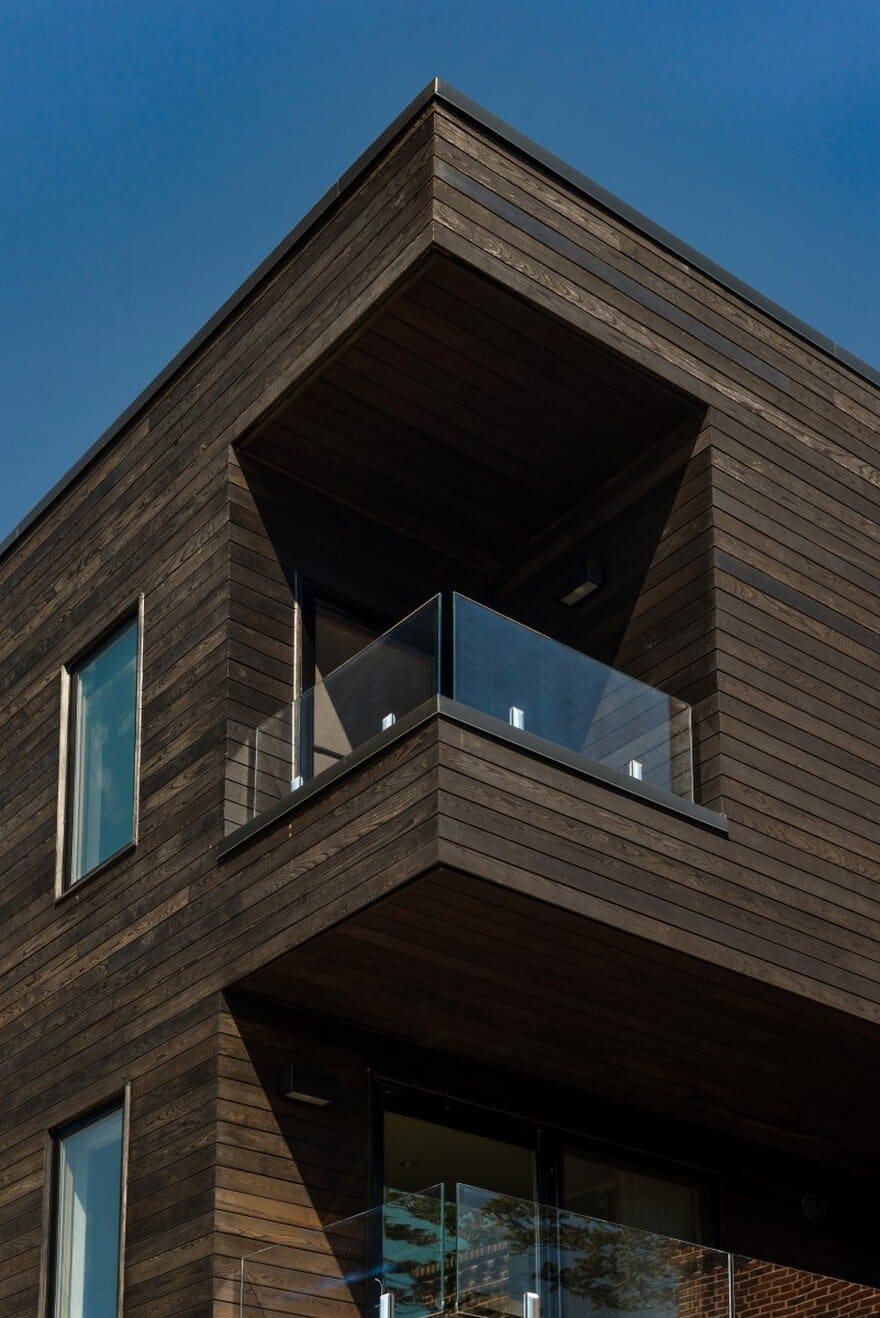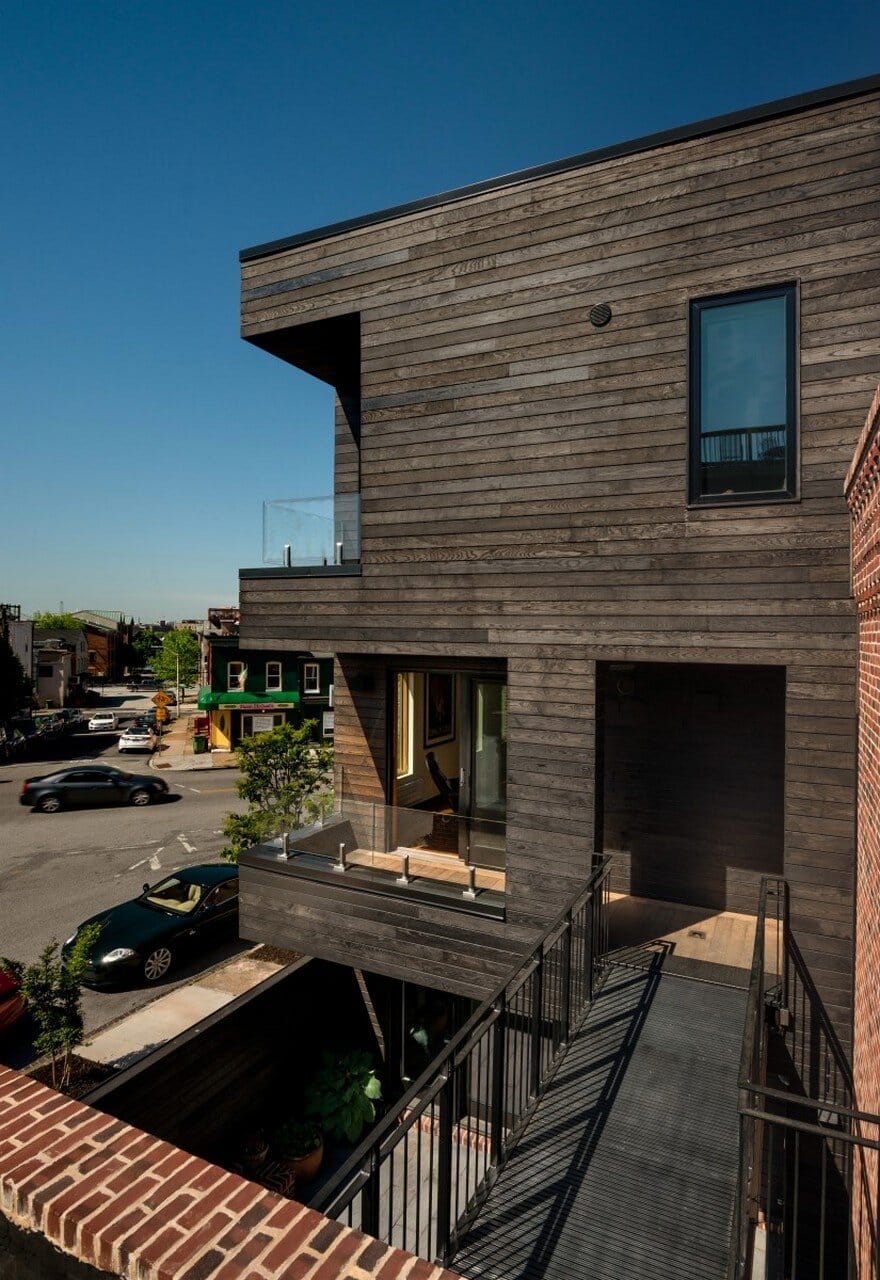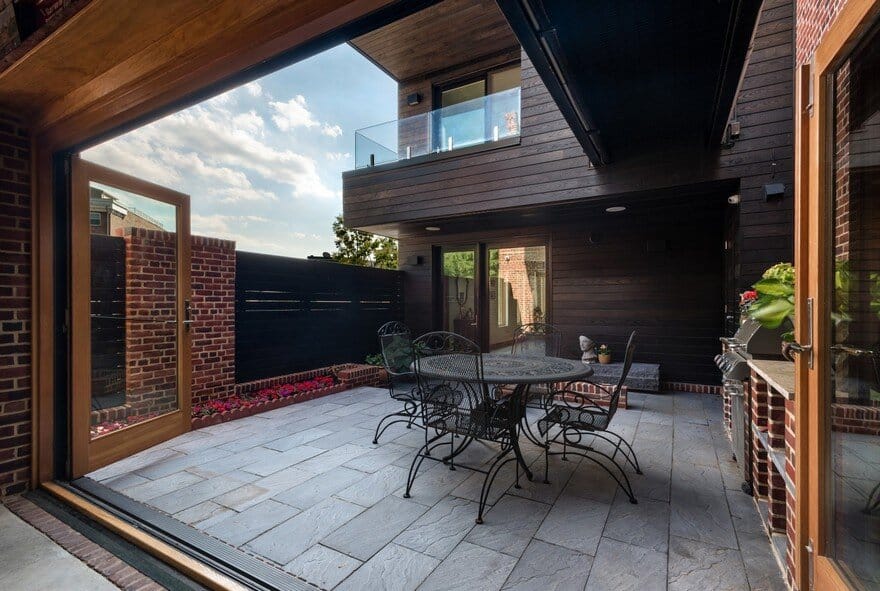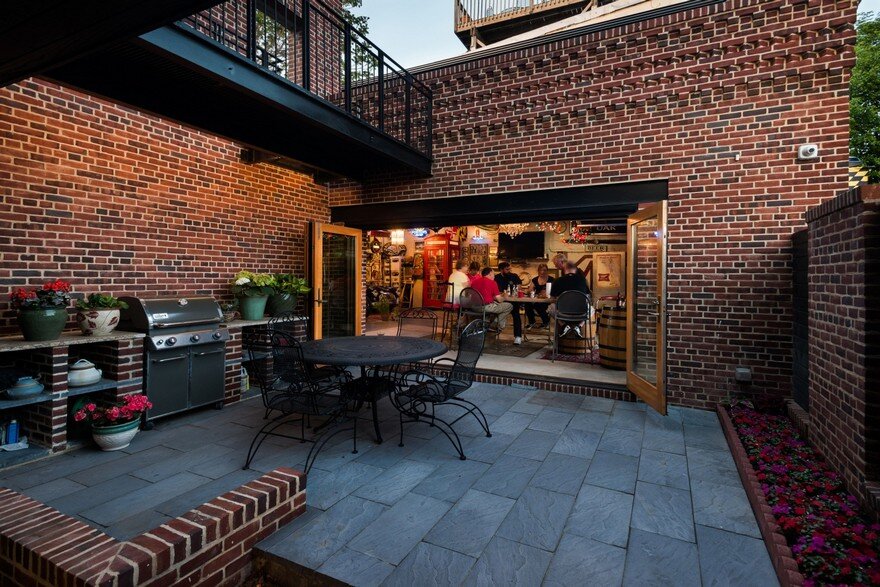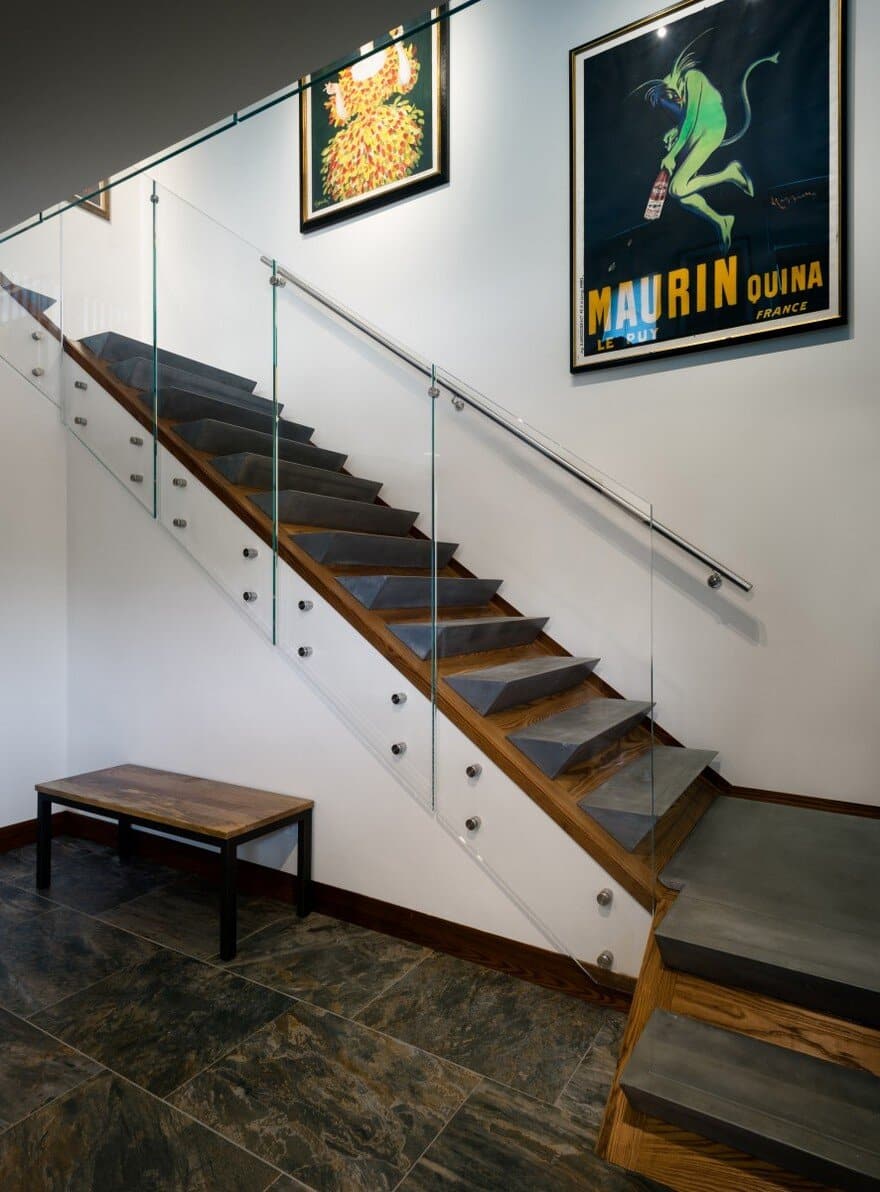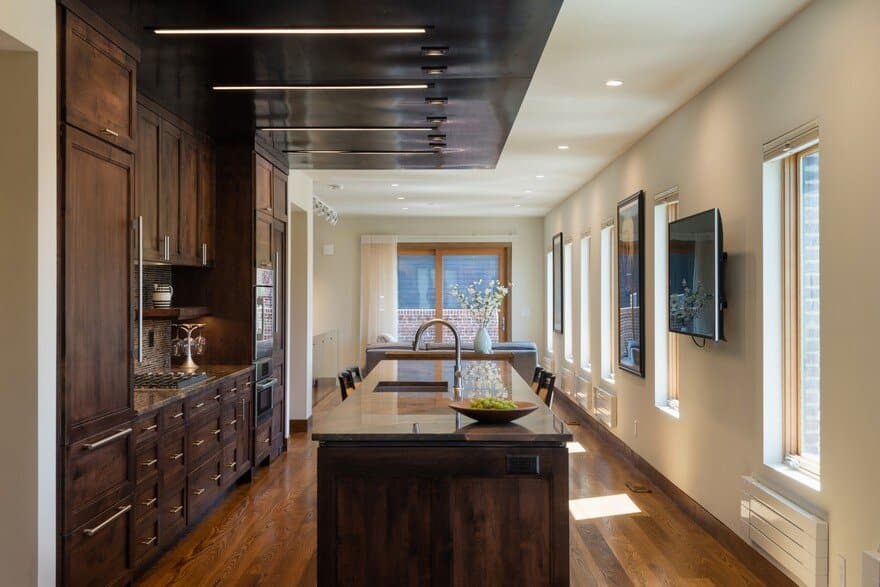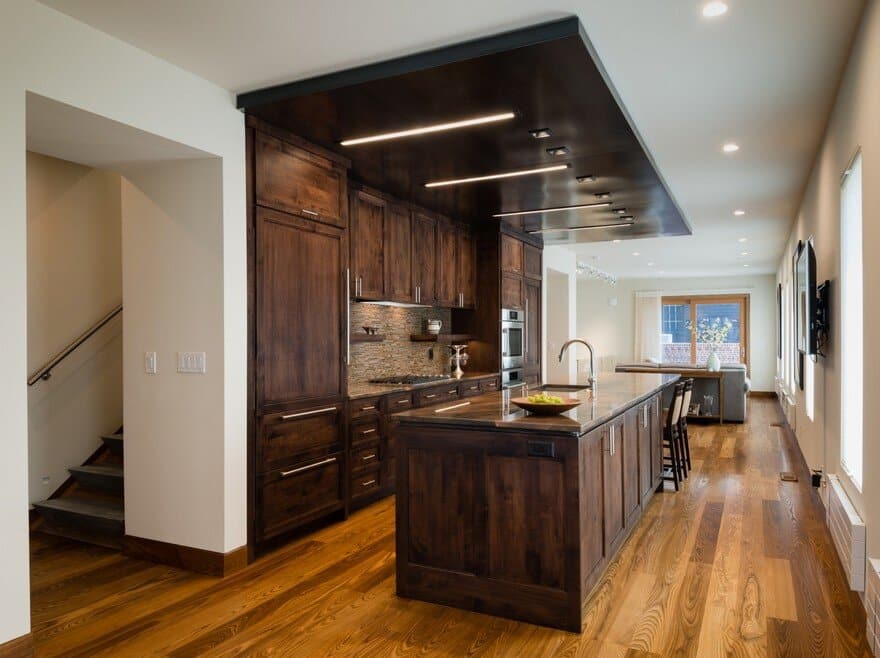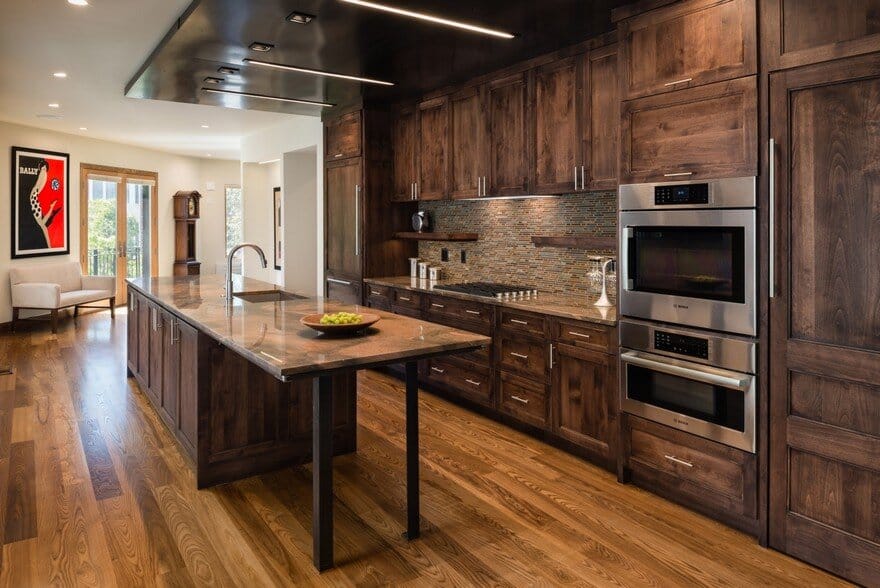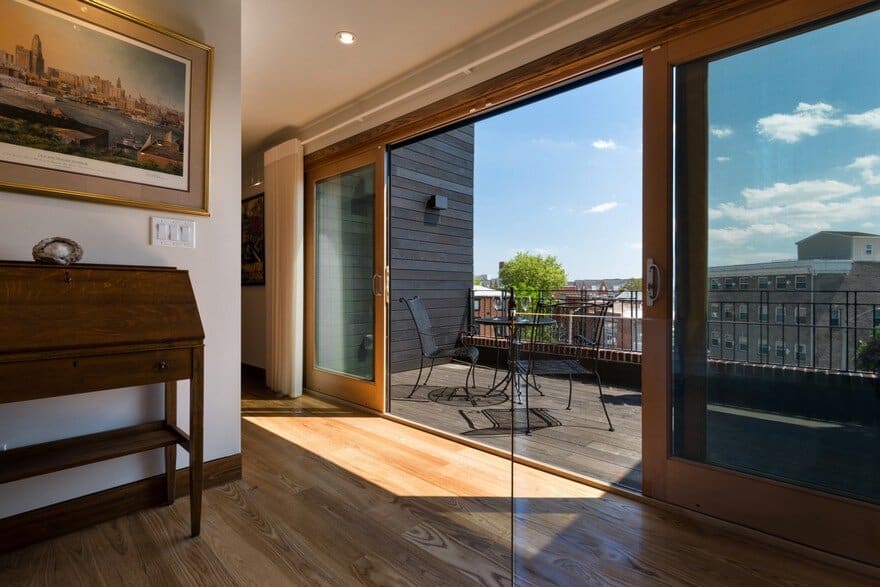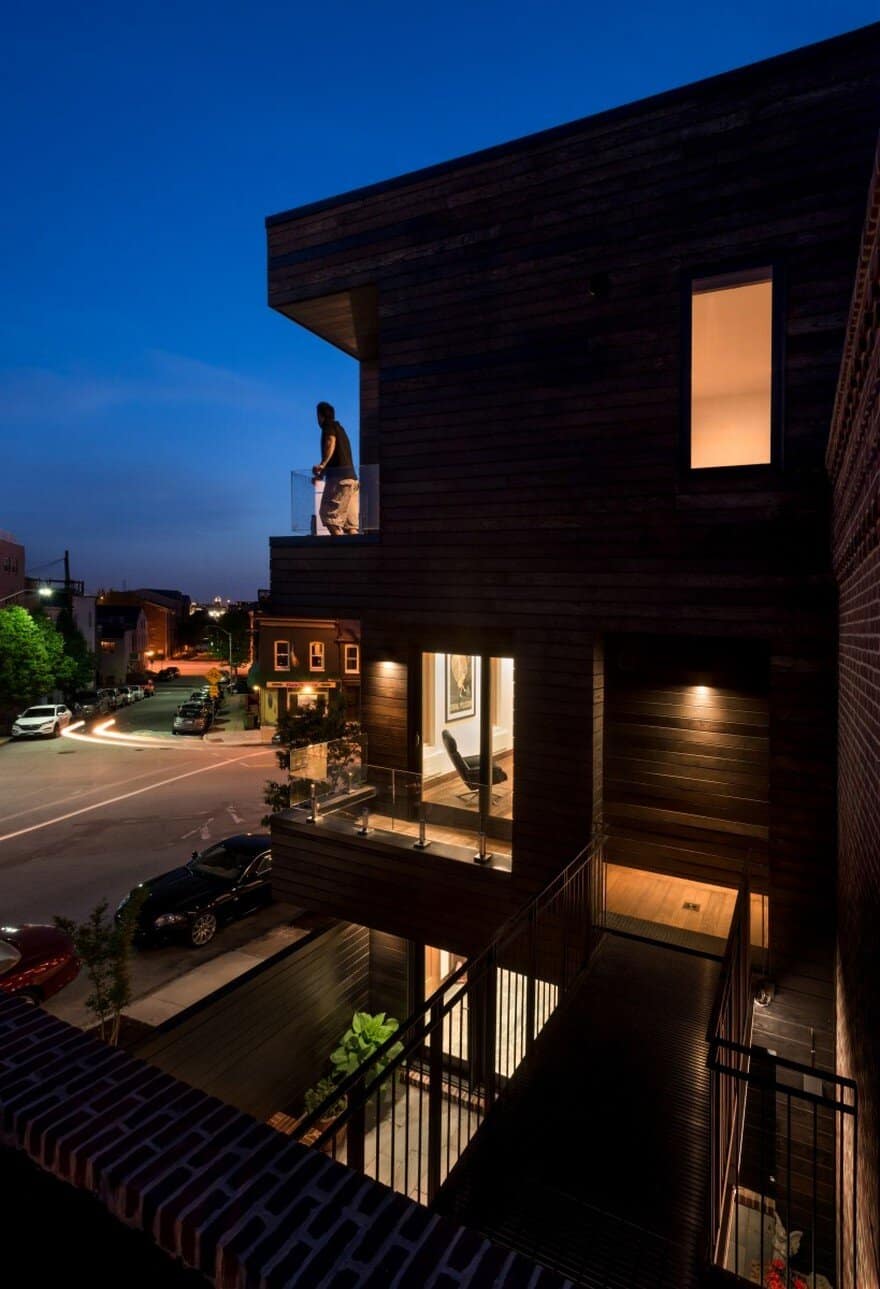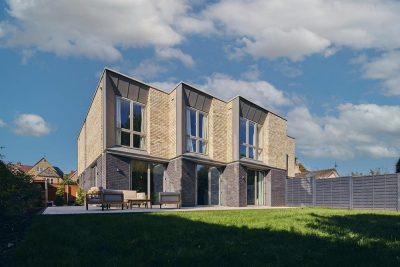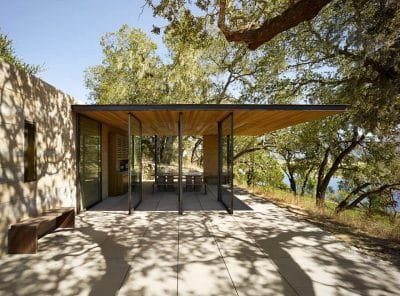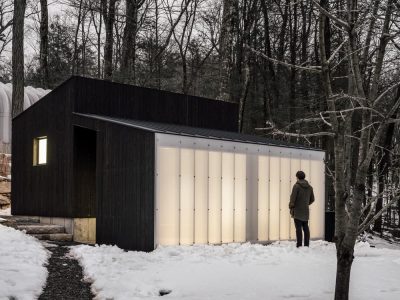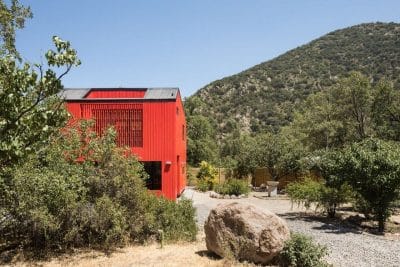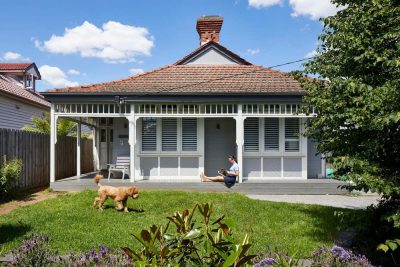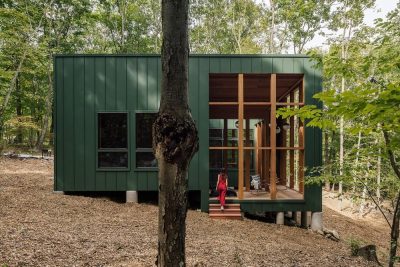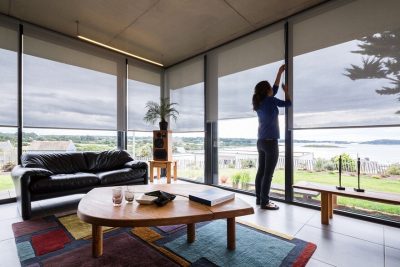Project: Tap House
Architects: GriD Architects
Location: Baltimore, Maryland, United States
Photography: Courtesy of GriD Architects
Nestled between Frederick Law Olmstead’s Patterson Park and Baltimore’s historic waterfront, Tap House emerges as a typical, unassuming, sixteen foot wide corner rowhouse common to the urban fabric. Not unlike many corner rowhouses in Baltimore, this unassuming building has anchored the intersection for over a century, serving generations as a small neighborhood market. Yet, despite the typological similarities, Taphouse shares with the countless other mixed-use corners of Baltimore the project is far from ordinary.
The first evidence of the projects uniqueness is the street intersection itself, where the rowhouse resides not on a corner of two intersecting streets, but five. Created from the collision of the City’s cardinal grid and diagonal waterfront grid, the atypical intersection effectively exposes the entire 110’ long south facade to a public open space. From this urban improvisation, the rowhouse emerges with a prowess akin to an Italian palazzo or French hôtel anchoring a city square.
Rising above the street, the composition is anchored by traditional masonry mass and rhythmic punched fenestration that blends with the surrounding context. Centrally, the masonry volume recedes to permit the addition of a dark platonic woodWen cube which ends the house proper and appears to hover over an intimate exterior courtyard.
The cube, clad with a heat-treated ash rainscreen, latches onto the masonry volume simultaneously framing one edge of an upper floor terrace and acting as the primary facade for the courtyard. The box is carved to reveal balconies strategically placed to take advantage of dynamic views towards the waterfront.
Ironically, the most unique aspect of the house may not be the house itself. It is, in fact, a large 6-car garage just across the courtyard, which was the clients initial impetus for purchasing the property. It was intended to house their collection of vintage British cars, but organically evolved into a vibrant social not only for their home, but for the entire neighborhood. This unique public use of a typically private space occurred long before the renovation began.
The design of the house, and its inherent civic presence, amplifies this unique relationship between the client and their neighbors. Large sliding doors open the garage into the courtyard, a reciprocal response to the garage creating an exterior space for entertaining. Flowing from the garage, across the courtyard and into the house, visitors encounter an expansive entertainment level on the ground floor which includes a storefront facing the western corner of the property. A grand stair, with precast concrete treads cascading down from the second floor, recalls again the tradition of the French hôtel elevating the main living spaces up to the second floor creating a bel étage (or piano nobile).
The kitchen, with its rich wood cabinets recalling the exterior wood cladding, is highlighted by a custom metal ceiling which defines the space within the linear floor plate. Discreetly behind the kitchen, a second cascading precast concrete stair slips up to the third floor and the aforementioned roof terrace flanked by two bedroom suites.




